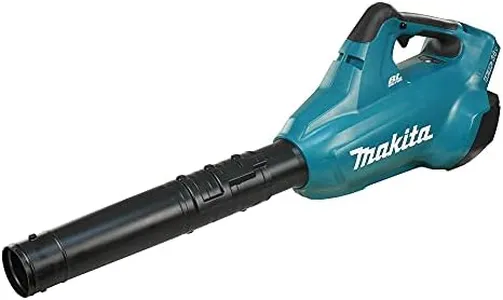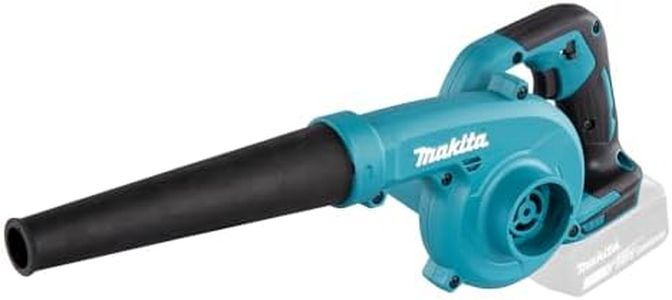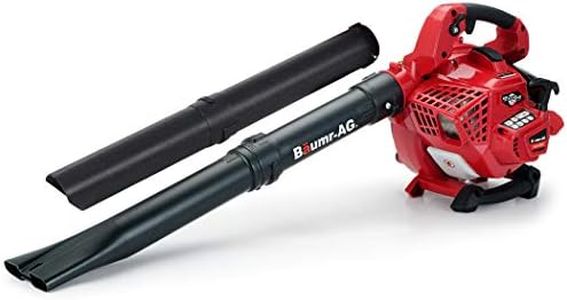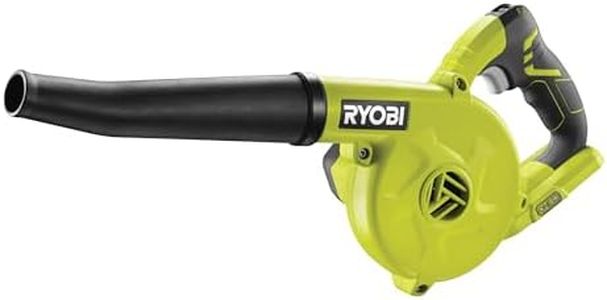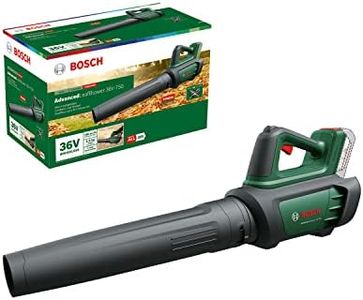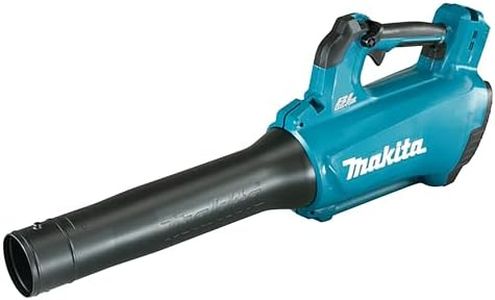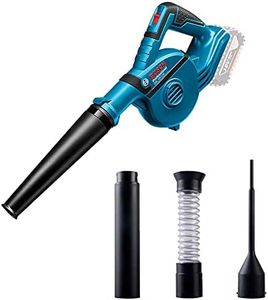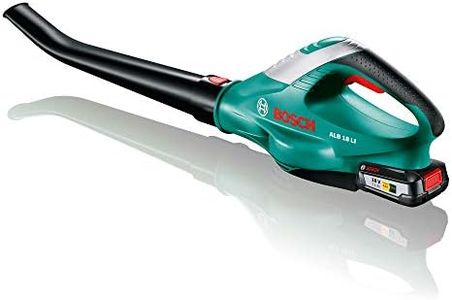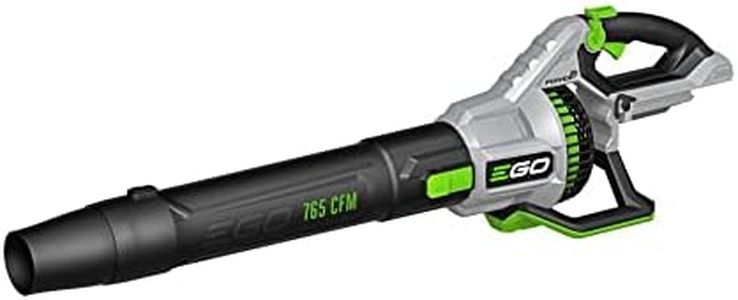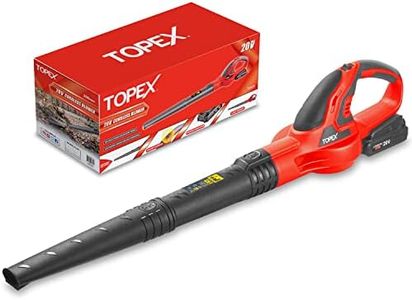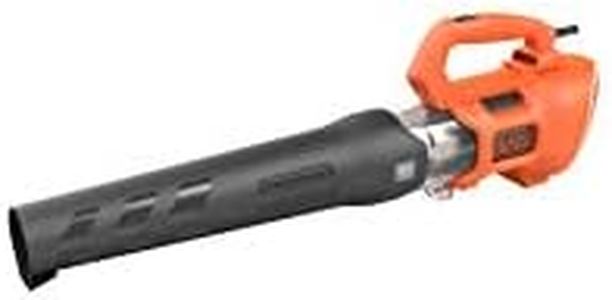We Use CookiesWe use cookies to enhance the security, performance,
functionality and for analytical and promotional activities. By continuing to browse this site you
are agreeing to our privacy policy
10 Best Cordless Blower Vac
From leading brands and best sellers available on the web.Buying Guide for the Best Cordless Blower Vac
Choosing a cordless blower vac can really make yard cleanup much easier and more efficient than traditional raking and sweeping. When shopping for a cordless blower vac, it’s important to balance your needs—like how large your outdoor space is and the type of debris you usually have—with the strengths of different models. Look for a tool that’s comfortable for you to use, powerful enough for your tasks, and easy to maintain. By understanding what the key specifications mean, you can feel confident selecting a blower vac that helps keep your outdoor space clean and tidy.Battery Voltage & CapacityBattery voltage and capacity are at the heart of any cordless blower vac. Voltage refers to the strength of the battery’s power output, while battery capacity, usually measured in amp-hours (Ah), tells you how much power it can store. Higher voltage (like 40-60V) provides more blowing power, great for heavy debris or larger yards, while lower voltage (18-24V) works well for lighter, occasional tasks or small gardens. Similarly, a higher Ah rating means longer run time. If you have a bigger area to clean, or if you plan on using the vac mode a lot, opt for a higher voltage and higher Ah. For small patios or short jobs, a lower spec can still do the trick and is usually lighter.
Maximum Air Speed (CFM or MPH)Air speed, sometimes given in miles per hour (MPH) or cubic feet per minute (CFM), describes how forcefully the blower can move air. MPH measures how fast the air moves, and CFM measures how much air is moved per minute. For moving piles of wet leaves and larger debris, higher CFM and MPH is more effective. If you mainly need to clear light dry leaves or grass clippings, a model with moderate numbers is usually sufficient. Choose the level of air speed that matches the type of mess you clean most often.
Vacuum and Mulching FunctionThe vacuum and mulching functions let you not only blow debris but also suck it up and shred it into a collection bag. The quality of the mulching is measured by the reduction ratio (like 10:1 or 16:1), which tells you how small the debris becomes after shredding. If you frequently deal with big piles of leaves and want to reduce bag changes or compost, a higher reduction ratio is helpful. If your main use is just blowing, these stats will be less important.
Weight and ErgonomicsWeight and ergonomics affect how comfortable and easy the blower vac is to use, especially over longer periods. Lighter models are easier to hold and maneuver, making them ideal for small yards or users who may not want to handle something heavy. Heavier models, which often have more power, might suit users with bigger spaces who need more performance, but can tire your arms more quickly. Consider how long you’ll be using the machine and choose a weight and grip style you’ll find comfortable.
Switching Between Blower and Vac ModesSwitching between blower and vacuum modes should be quick and simple. Some models require tools or extra steps, while others have easy-switch designs. If you plan to regularly change between blowing and vacuuming, look for a model with tool-free, straightforward switching to make your tasks smoother and save time and hassle.
Noise LevelNoise level, usually measured in decibels (dB), is important if you live in a quiet neighborhood or want to avoid disturbing others. Quieter models are better for close communities, early morning use, or prolonged operation. Louder models usually aren’t a problem for short, midday tasks but can be disruptive in some settings. Think about when and where you’ll be using the blower vac and check for lower-decibel ratings if noise is a concern for you.

